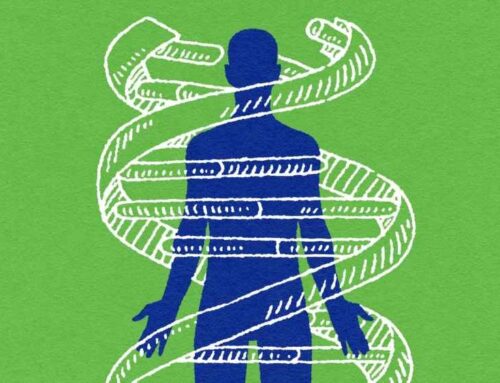Original article seen in STAT News
Jennifer Doudna reflects on the DNA scissors’ first decade
n June 28, 2012, a joint press release went out from the U.S. Department of Energy and the Lawrence Berkeley National Laboratory announcing a new paper in Science from an international team of researchers based there. “Programmable DNA Scissors Found for Bacterial Immune System,” it declared, hinting that the discovery could lead to a new “editing tool for genomes.”
That paper, “A Programmable Dual-RNA-Guided DNA Endonuclease in Adaptive Bacterial Immunity,” has now been cited by more than 15,000 publications and downloaded nearly 65,000 times. It laid out the inner workings of a system called CRISPR/Cas9, transformative work for which two of its authors, Jennifer Doudna and Emmanuelle Charpentier, were awarded the Nobel Prize in chemistry just eight years later.
At the time, though, no reporters came calling, no news stories were published. Doudna’s only quote was in that press release. “Although we’ve not yet demonstrated genome editing,” she said, “given the mechanism we describe, it is now a very real possibility.”
A decade later, we know what an understatement that turned out to be. CRISPR has been used to manipulate the genomes of organisms across every branch of the tree of life, including humans. It’s now being tested to treat dozens of inherited diseases, with companies planning to ask regulators for approval of the first CRISPR-based medicine as soon as later this year.
STAT spoke with Doudna, a biochemist at the University of California, Berkeley, where she directs the Innovative Genomics Institute, about the first 10 years of CRISPR genome editing and what comes next. Excerpts from the conversation are below, lightly edited for clarity.
See full article HERE



